
Suede leather items – shoes, bags, jackets and coats – are very popular. However, people still wonder what is suede origin, how it is made and is suede waterproof. In the following review, I will disclose the major properties of suede and will answer the most popular questions about this material.
What is suede?
First things first. Natural suede is a peculiar leather type made from the processed hides of small animals. Suede is a soft “velvety” leather type made by the method of fat tanning of animal hides.
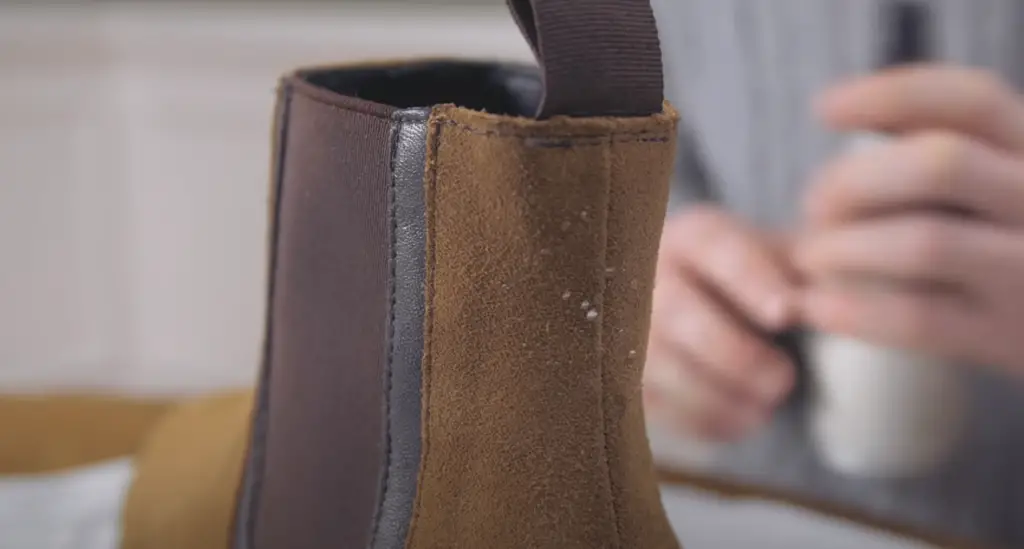
Suede is made from the natural animal hides by the fat tanning method. Initially the wool is cut from the base, then it is greased with oil and treated in a special way. At the end of the process, the oil is completely absorbed and only the natural proteins remain in the material. Then this fabric is dyed, perforated, embroidered, quilted, decorated with ornaments or patterns. This is how you see suede in products and leathercraft stores.
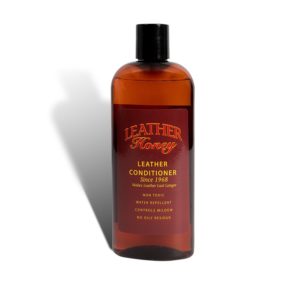 The Leather Honey brand is a cleaning solution that’s perfect for anyone that has a stained or heavily soiled suede goods. It rids away dirt and grime fast, resulting in an excellent restoration job.
The Leather Honey brand is a cleaning solution that’s perfect for anyone that has a stained or heavily soiled suede goods. It rids away dirt and grime fast, resulting in an excellent restoration job.
The distinctive feature of suede is an ability to retain heat well. It is also a lightweight and breathing material. It is widely used for the manufacture of warm clothes, as well as in making stylish shoes and the durable upholstery for furniture. The main disadvantage of the material is a difficult care routine.
Features of natural suede
There are 2 major types of natural suede that distinguish by appearance and quality, depending on the animal hides used for the manufacture of this material:
- Non-refined suede type is made of sheep and calf hides. It is a little denser on the one hand, but the leather from the meat part is extremely delicate. But it does not tolerate mechanical stress;
- Refined suede is made from the hides of deer, goats and pigs. This type is extremely soft, thin and breathable. It is the most expensive suede in the U.S. market;
Non-refined suede type is denser and more wear-resistant, but more vulnerable to mechanical stress. The refined type is more breathable and it is characterized by increased softness and sheerness.
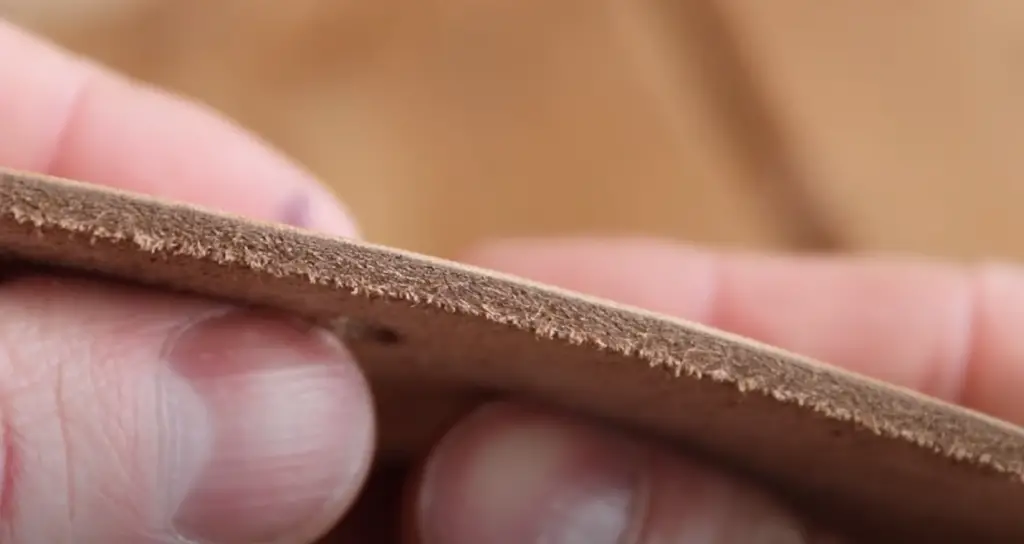
To tan leather and then produce suede vegetable ingredients are used – for example, linseed or fish oil. Then the naked animal hide is greased with fat. Afterwards, it is sent to a special “bead” for soaking during several hours. After the deep penetration of fats into all layers, the material is painted and dried.
Due to such processes, natural suede has the following properties:
- Sheerness;
- Durability;
- Softness and silkiness;
- Elasticity;
- Resistance to deformation;
- The same texture of the back and front surfaces;
- Porous structure for free air passing and water absorbing properties;
Pros of suede:
- Nice appearance. Natural suede resembles genuine leather, so it looks expensive and stylish. It is suitable for the manufacture of furniture upholstery and clothes;
- Wear resistance. With proper care, suede can keep its original appearance and other properties for a long time. Even when the scuffs and other small defects appear, they remain invisible and do not damage suede shoes or accessories;
- Good heat transfer. In winter, suede keeps you warm, in summer – cold. It is a perfect material for making any clothes and shoes;
- Comfortable wearing. Light, porous tissue does not stick to the body and does not constrain movements. Thanks to the numerous pores, the skin under suede clothes can breathe;
- Elastic properties. Suede stretches well and quickly restores the shape;
- Softness. The material is smooth to the touch that is why it is picked for clothing and furniture upholstery;
- Antistatic properties. This material does not accumulate static electricity;
- Natural suede is light and porous. For example, your feet will “breathe” in suede shoes;
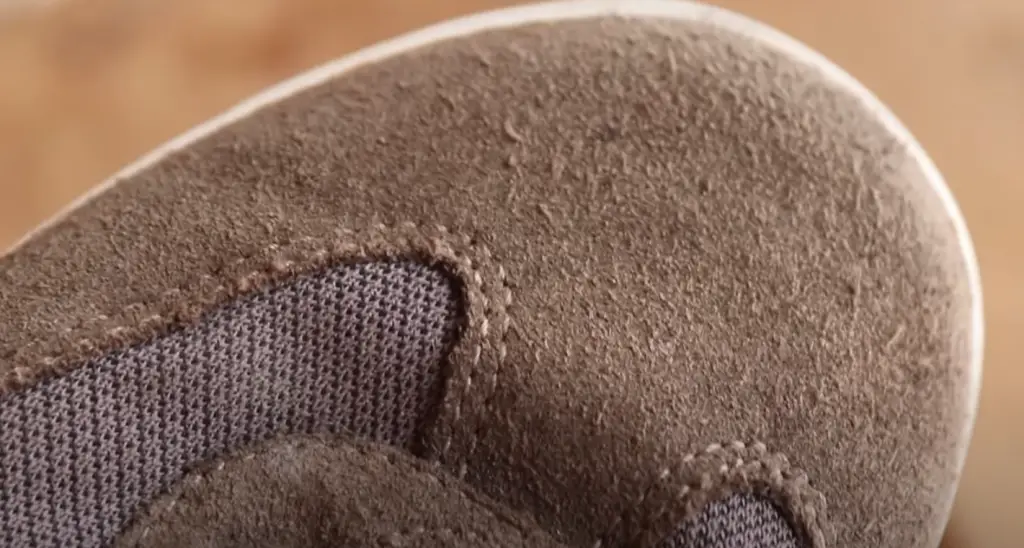
Cons of suede:
- Moisture intolerance. Is suede waterproof? No. Unlike artificial suede material, the natural type quickly absorbs liquid and dries for a long time. At the same time, its fibers absorb dirt and odors. Even a small rain can ruin delicate suede clothes or footwear. It is the reason why you should use dry cleaning only;
- Tears come easily. Suede is easy enough to tear. Pets are better to stay away from the furniture, bags and clothes made from this material;
- It easily gets dirty. Suede items are easy to get dirty, especially if suede of light colors is chosen;
- Too delicate care routine. Natural suede products do not tolerate machine or hand wash. They need regular dry cleaning and additional care to maintain a stylish appearance;
- High price. Natural suede is more expensive than the artificial materials with a similar texture;
To reduce these disadvantages, some natural suede products are treated with special chemicals – for example, water-repellent chemicals.
Uses of natural suede
Suede leather is widely used for the manufacture of clothes and shoes. Women’s and men’s jackets, coats, blazers, vests are made from suede. In addition to outerwear, suede gloves, hats, berets, scarves are quite popular. The items made from this warm soft material in autumn and winter.
Both winter boots and summer sandals, shoes, ankle boots, sneakers, loafers are made from natural suede because they look awesome. Suede is also picked for the manufacture and decoration of bags, cases, wallets, belts, bracelets, chokers. This material makes good covers for sofas, armchairs, car seats. When treated with special compounds that increase resistance to abrasion and damage, suede products can serve for many years.
In addition, this material is suitable for the manufacture of orthopedic medical equipment and fuel filters.
Is suede waterproof?
Suede is one of genuine leather types of sheep and goats. Thanks to the special processing technology (tanning), this material gets a velvety and soft texture. When interacting with water, suede products do such thing:
- do not get wet if a person has stepped on a puddle or in the rain for a duration of no more than 15 minutes;
- get wet if the person was caught by heavy rain for more than 15 minutes;
Surely, suede products require a more attentive attitude and constant care than other leather shoes or accessories. It is absolutely safe to wear suede when the weather is dry. However, it is very difficult to catch such a moment, even in summer.
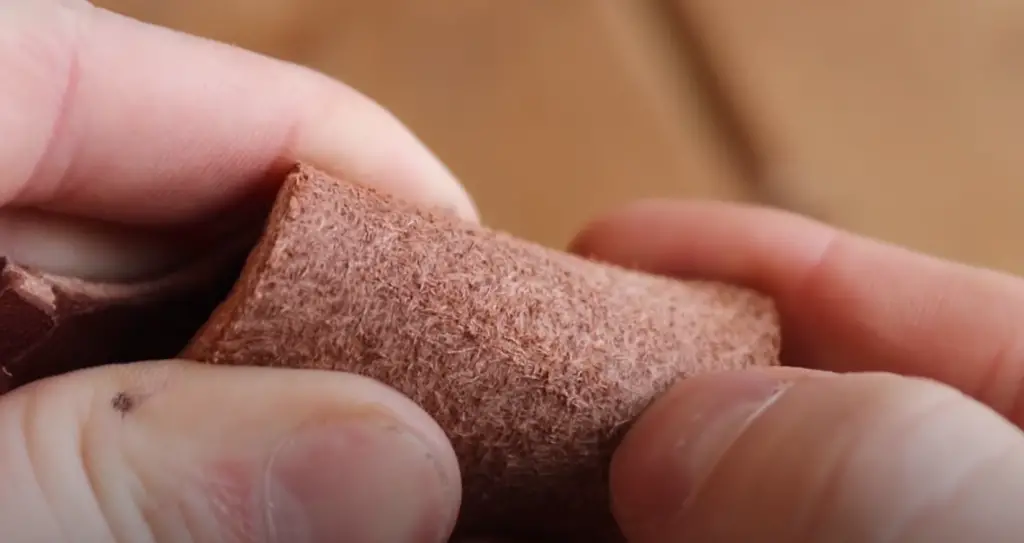
Does suede get wet and damaged in winter? Many people are afraid to wear suede shoes because they are afraid of them getting wet in winter. The main reason to wear suede boots in winter is their resistance to low temperatures. But such footwear can be severely damaged due to the effect of water.
I recommend buying suede shoes with a thick sole or platform to limit the contact of the material with moisture. Suede lets water through, and the stains from outside dirt can remain on it, as well as the stains from salts and chemicals. Many people find such shoes impractical for winter and consider it a waste of money. Others, on the contrary, learn to properly care for suede boots and do not refuse to buy this stylish footwear.
Important! When you enter the house after a walk in winter, brush off the suede shoes from snow until it melts.
Also before going out, soak new suede shoes with water-repellent products. To take care after suede shoes in winter, you will need to use a brush, a hydrophobic spray, a shoe dryer, as well as a spray paint to match the shade of your shoes.
Natural suede vs artificial suede
There are many ways to distinguish natural from artificial suede. People tend to confuse these materials because of the very similar texture and structure. Here is how you can distinguish these materials:
- Check the surface. Natural suede, like any genuine material, is heterogeneous in structure, thickness and color, has small scratches, cracks, creases on the surface. Artificial materials are completely homogeneous.
- Smell matters. Natural fabric emits a subtle, but well-recognizable smell of leather. An artificial material either does not smell anything or smells like synthetics and chemicals.
- Check how the pile moves. Natural suede pile is soft and supple, so it can easily change direction if you hold it with your finger. The natural suede leather becomes slightly darker or lighter.
- Water test. When it is wet, natural suede instantly absorbs liquid and remains wet for a long time. A synthetic analogue repels water.
- Thermal test. Hold a piece of suede in your hand for 2-3 minutes. Natural material will quickly take on the temperature of the human body and will remain warm for a long time, while any artificial material will remain cold.
- Check the inside out. Suede has the same fleecy structure on the front and back. If the back side of the material is made of cotton fabric or other inexpensive textiles, then it is not real suede.
Important notice: natural suede has a thin pile all over the surface that differs it from artificial materials. This is the main difference of suede from natural velour. By the way, natural velour is much cheaper than natural suede.
Suede care guidelines
- Never wear suede clothes and shoes on rainy or sunny days (above 95°F). If you need to wear them, please pre-treat such products with special sprays or creams;
- Natural suede does not tolerate washing – dry cleaning is preferred. Slight dirt must be wiped with a paper napkin to prevent the stains. Grease stains must be cleaned with talcum powder – apply and let it sit for 2-3 hours. Persistent, extensive dirt is cleaned with a mixture of ammonia and soapy water (4: 1) – treat with a soft brush. Salt streaks must be dissolved in a solution of 9% vinegar;
- Suede shoes should be cleaned after every walk outside. If wet mud or sand remains on it, you should wait for the dirt to dry completely. A special brush with soft brass bristles is used for cleaning. The spots remaining after the initial treatment can be removed with a slightly damp sponge;
- Suede items must not be left near a radiator, battery, or in direct sunlight;
- Do not iron suede clothes! It is enough to straighten the piece of clothes and leave it for 20-30 minutes – they will restore the original shape. If necessary, make the folds with a soft brush. To preserve the shape of suede shoes, place inside the folded newspapers, cotton wool, pieces of fabrics or special fillers;
- The furniture upholstery made of suede must be treated with soapy water. After cleaning, wipe them thoroughly with a dry cloth or paper towel until there is no trace of moisture. Then you should treat protective agents;
- To make suede products last longer, they must be treated with special care products for moisturizing and color restoration;
What is the difference between nubuck and suede?
Nubuck and natural suede may seem alike because they are both made from calf leather. However, both leather types can be made from sheep, cowhide, deer and goatskin. The key difference is the process of making suede and nubuck.
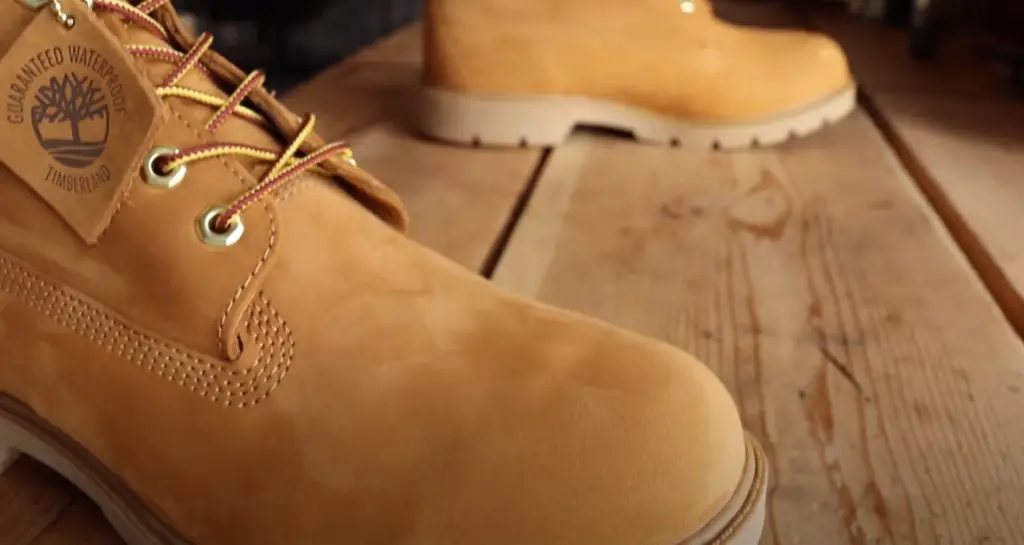
Nubuck is made from the full-grain side of the animal hides with the pile on the one side. Suede is made from the bottom of the animal hide. Both of these leather types are created by the grinding method. Because of this difference, there is a huge price gap between nubuck and suede – natural suede is much cheaper. Natural nubuck is made from the highest quality polished leather and this explains its high price tag.
To understand the difference between these two materials it is enough to touch them. Nubuck has a velvety texture due to polishing that is why the surface is soft to the touch. Short pile on the surface helps to create this velvet-like surface. It is more durable and reliable, and more resistant to damage and wearing than suede. But it is also labeled as genuine leather due to the rougher appearance than suede. Also, nubuck is stronger and thicker than suede. It is usually more expensive than suede.
Another difference comes from various water-resistant properties of nubuck and suede. Natural nubuck resists water damage because water simply temporarily darkens its surface and then dries out without causing any lasting damage. Suede is not that waterproof and must be kept from any excessive moisture.
As for the comparison to other leather types, nubuck has more similarities with aniline leather. Nubuck scratches easily. This is a vulnerable type since it doesn’t have any protective coating. Suede is much softer than nubuck, as it is produced on the inside of the animal hide.
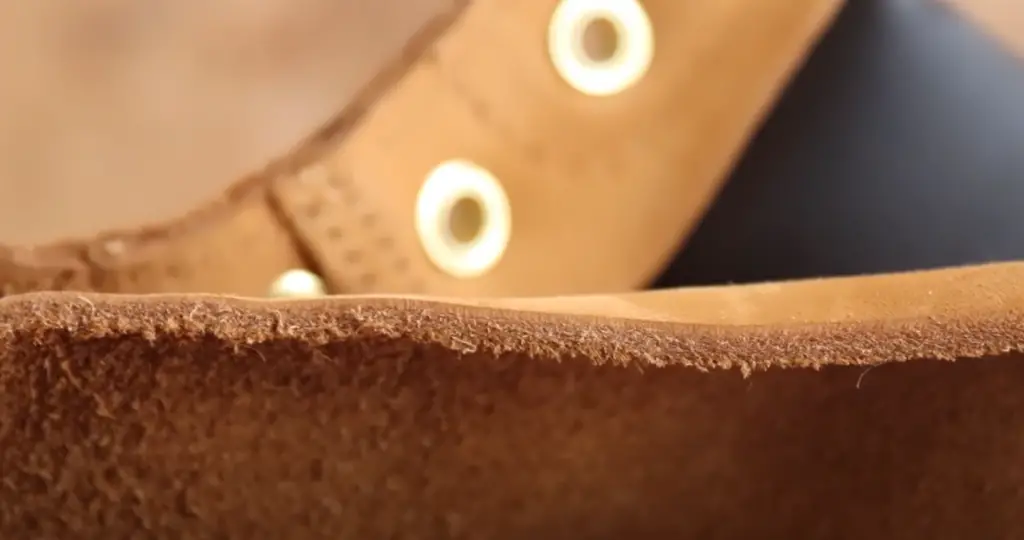
In its turn, suede is more flexible than nubuck. And it is much thinner. Suede serves as a good lining material in shoes, but it is not as durable as nubuck. It can also be easily painted, since it has a more porous surface. Though, it is recommended to apply a protective cream on its surface. Leather manufacturers should often apply dyes or pigments to mask the embossing and grinding methods they use to process nubuck leather, although sometimes the finished material turns to be white.
 The Leather Honey brand is a cleaning solution that’s perfect for anyone that has a stained or heavily soiled suede goods. It rids away dirt and grime fast, resulting in an excellent restoration job.
The Leather Honey brand is a cleaning solution that’s perfect for anyone that has a stained or heavily soiled suede goods. It rids away dirt and grime fast, resulting in an excellent restoration job.
When cleaning natural suede or nubuck, it is important to choose the right brush for each material. Since nubuck is a harder material than suede, if you use the same nubuck brush for suede, it will damage the pile. On the other hand, a suede brush used on any nubuck product will be practically ineffective for cleaning.
Many people find suede shoes harder to maintain and more expensive than their shiny nubuck alternatives. This is far from the truth. Suede and nubuck actually require less maintenance than people think. Both suede and nubuck shoes do not need polishing or to be cleaned at all, so say goodbye to the weekly shoe polish when it comes to these materials.
Final thoughts
Suede is a very stylish and durable leather type used for making luxury shoes or accessories. If you are not afraid of care routine and its poor water-resistance, suede products can become one of the best investments.



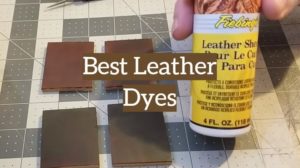


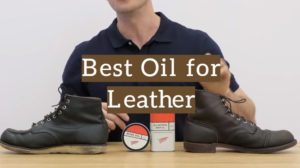



I always loved the look and feel of suede. I have several pairs of suede shoes actually but I have feared wearing them so I seldom do. I always worry they will get ruined from water if it was a rainy day out or even if it was humid. This answered a lot of my concerns and taught me how to better care for my suede shoes so they last longer.